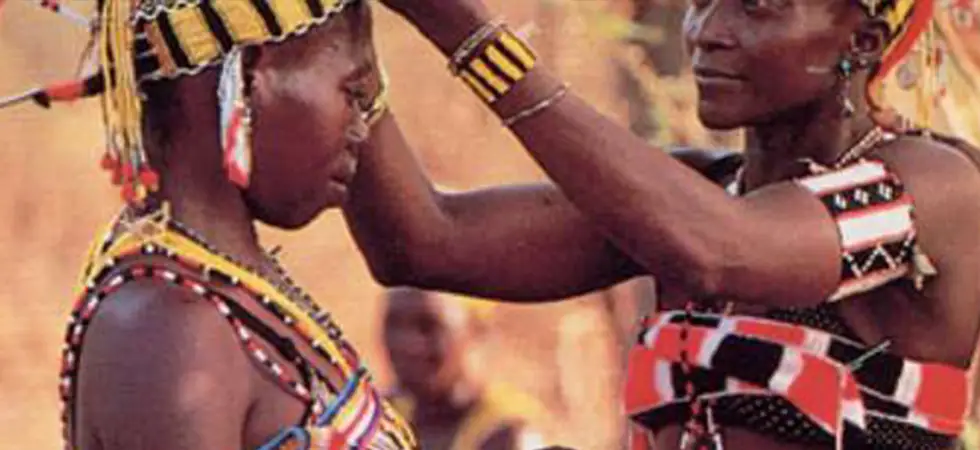▶ What are Rites of Passage and Why are they so Important?

What Are Rites of Passage and Why Are They So Important?

The journey to adulthood starts at birth. From the moment we welcome a child into the world, he learns the values and way of life of his people.
In most African cultures, the entrance to adulthood is celebrated with rituals. Rites of passage are ceremonies done to mark a person’s progression from one life stage to the next.
Since time immemorial, rites of passage have been used as an essential tool for individual renewal and cultural cohesion.
In recent times, most of the rituals performed have been condemned because of their harmful impacts. An anthropologist named Arnold van Gennep (1960) was the first to use the term “rites of passage” in his seminal work. According to him, there are three distinct phases of rites of passage. They are:
- Separation,
- Liminality and
- Reincorporation.
In the separation phase, symbolic behavioral changes are observed. There is often a detachment from the former self and preparation to move to the next phase.
The liminal phase is the period when the individual has left the previous phase but is yet to enter the next.
The third phase is also known as the reincorporation phase. After the passage rite has been completed, the individual assumes a new identity and reenters the society.
Symbolic items such as a sacred cord, ring, belt, crown, or bracelet are given to the initiated. In some cultures, elaborate rituals are performed to welcome the individual into this new phase of life.
Going further, we shall consider different rites of passage that are celebrated in some parts of the world.
The Birth of a Child:

The observances of rites surrounding the birth of a child may begin during pregnancy and continue till the child is born. In some societies, a pregnant woman is isolated from other people.
During this period, she is given utmost care and some rituals are performed to protect the baby in the womb.
It is common to see pregnant women wearing different talismans and amulets to enhance successful delivery.
The arrival of the child is celebrated massively. In locations with records of high infant mortality rate, the people perform several protection rituals to ward off evil spirits that steal children.
For example, In Namibia, the Himba tribe never leaves newly born children on their own.
The Wodaabe tribe in Niger doesn’t name their children until the twelfth year because they believe that if named earlier, the spirit of death will easily identify the child and take him.
Water baptism is another example of a religious rite performed to protect the child from evil influences.
The Rite of Circumcision:
In most African countries, circumcision is done to mark the transition from childhood to adulthood.
Female circumcision involves the partial or total cutting away of the external female genitalia.
This practice has been in existence for a long time. It is done by local practitioners to prepare girls for marriage.
Female circumcision can lead to severe pain, health issues, or even death. It is considered a form of child abuse and violence against women. Due to its adverse effects, it was abolished in many countries.
However, it continues to exist in over 28 countries where it is considered an integral part of their cultural and ethnic identity.
Male circumcision became widespread when recent findings stated that it significantly reduces a man’s risk of acquiring HIV.
In some cultures, male circumcision is done when the baby is eight days old, but in others, it is done at puberty. In this case, the foreskin of the boy is removed by the village elders, and different rituals are performed to celebrate the occasion.
Male circumcision is performed for health-related and social reasons. According to recent data, there are over 670 million circumcised men in the world.

Read some articles on Black Manosphere!
Please like, share, and subscribe!










